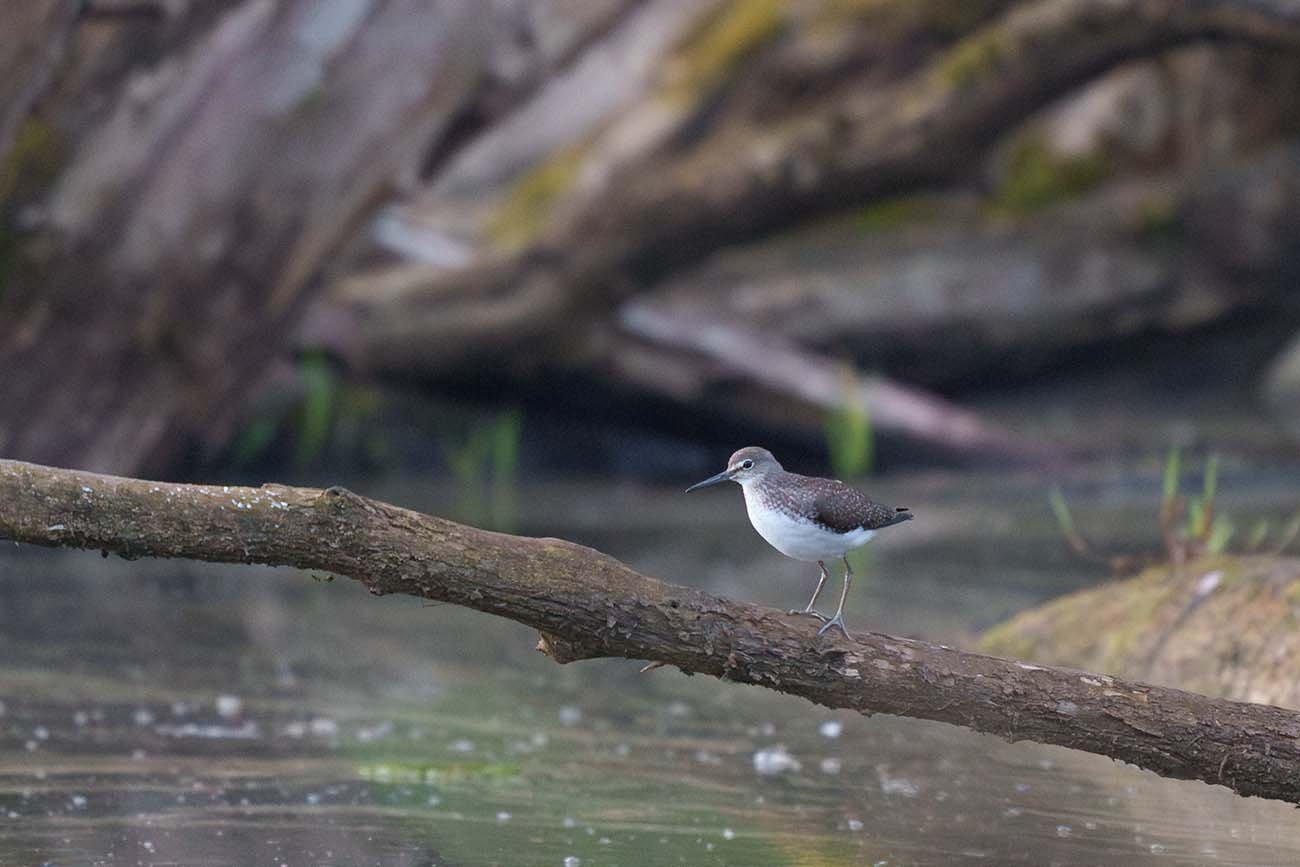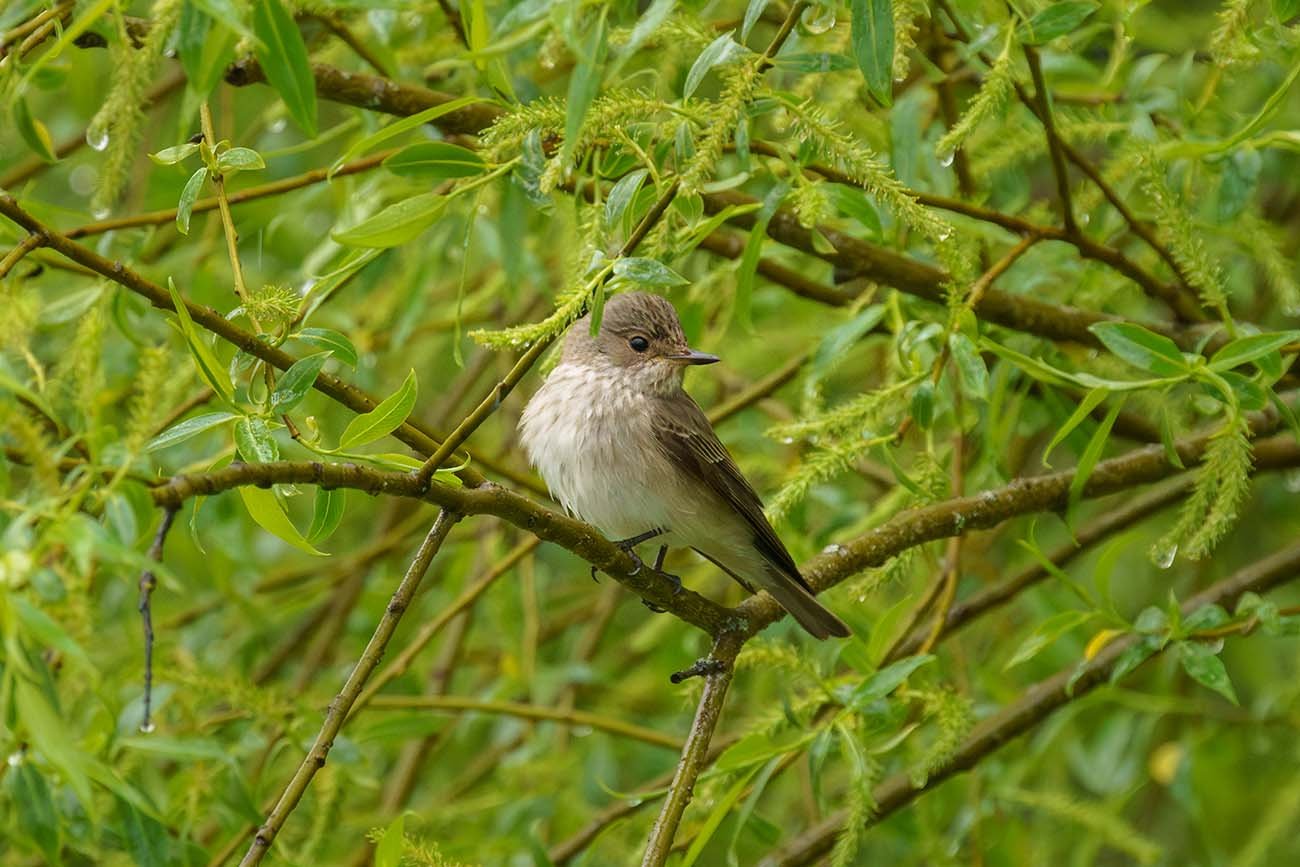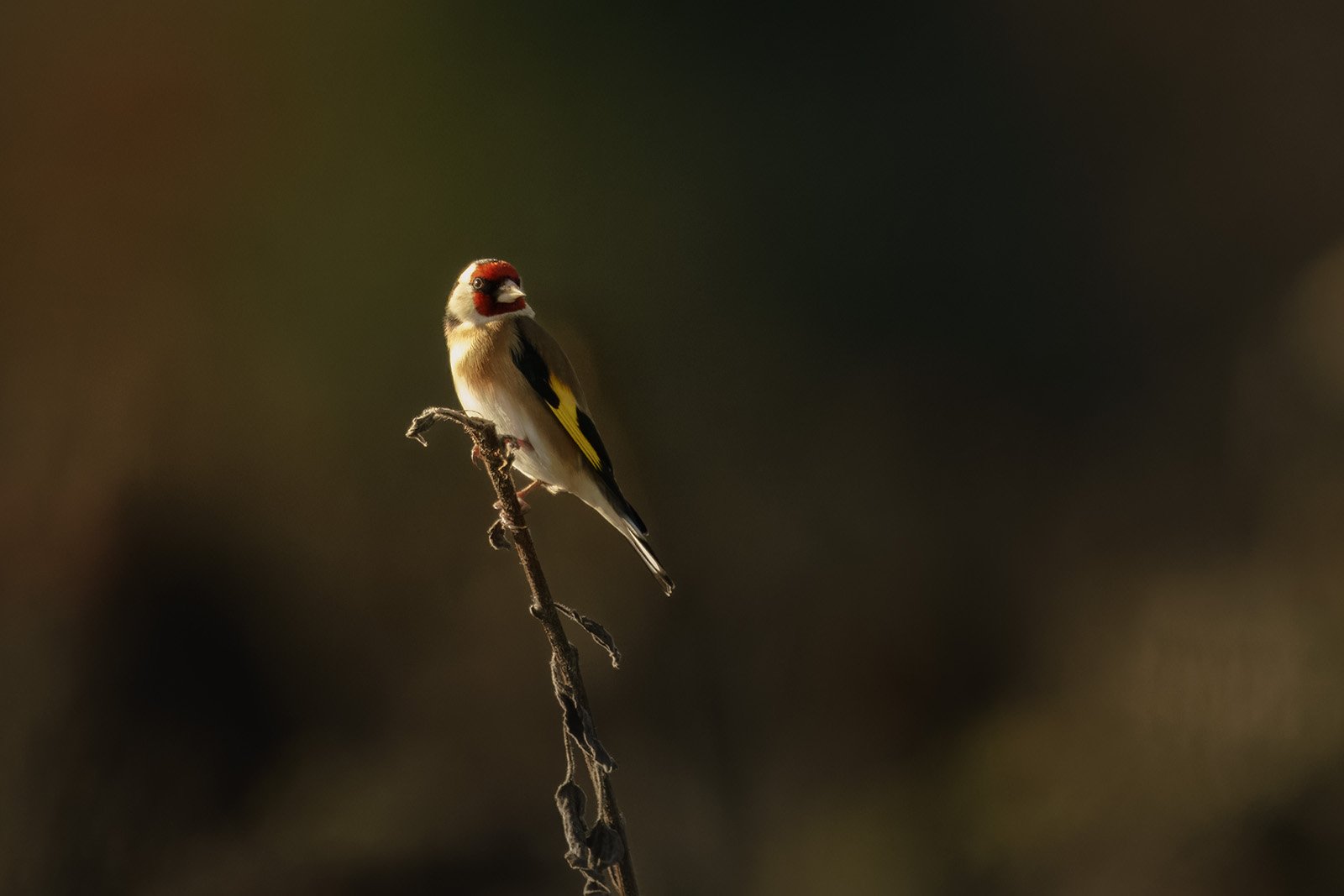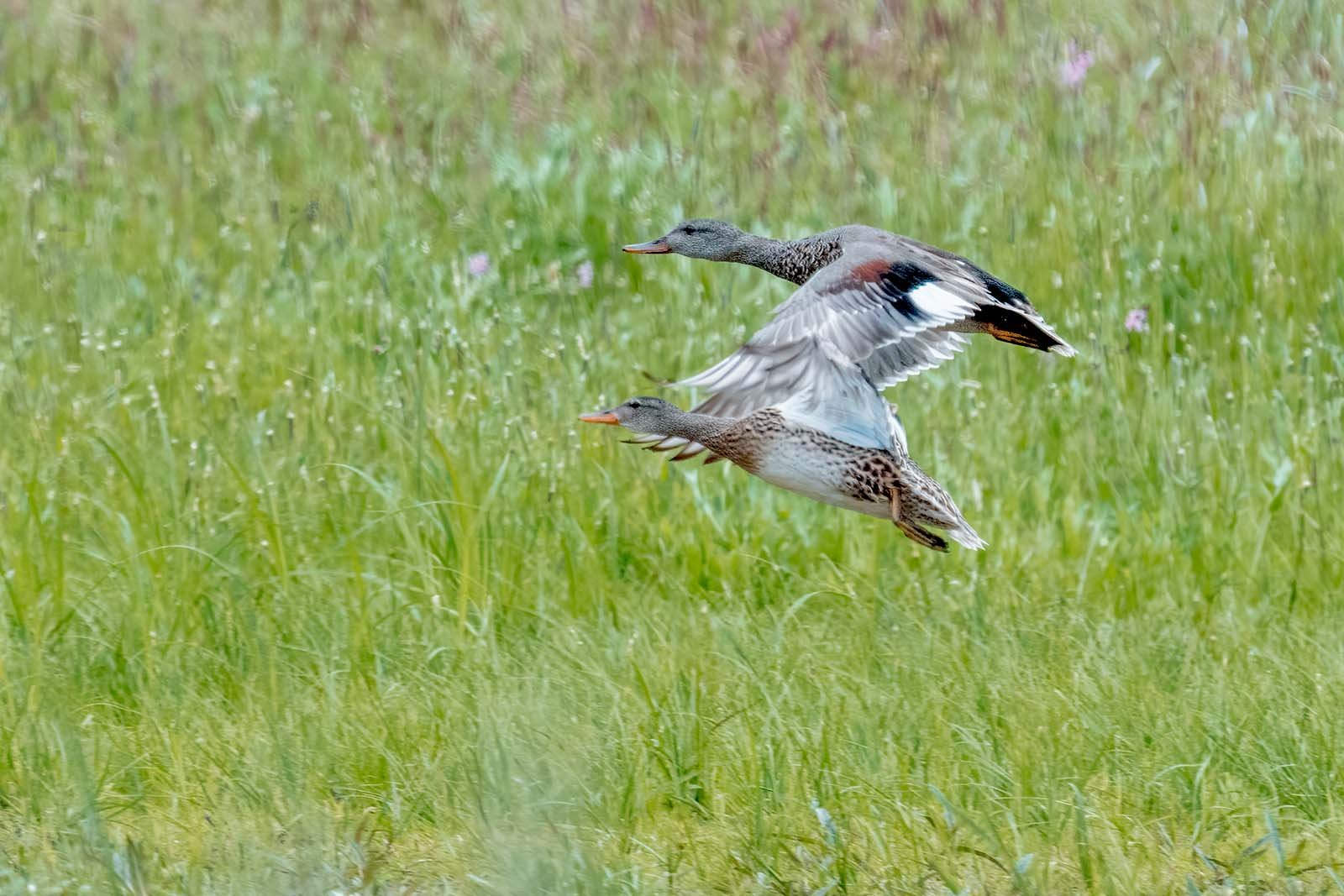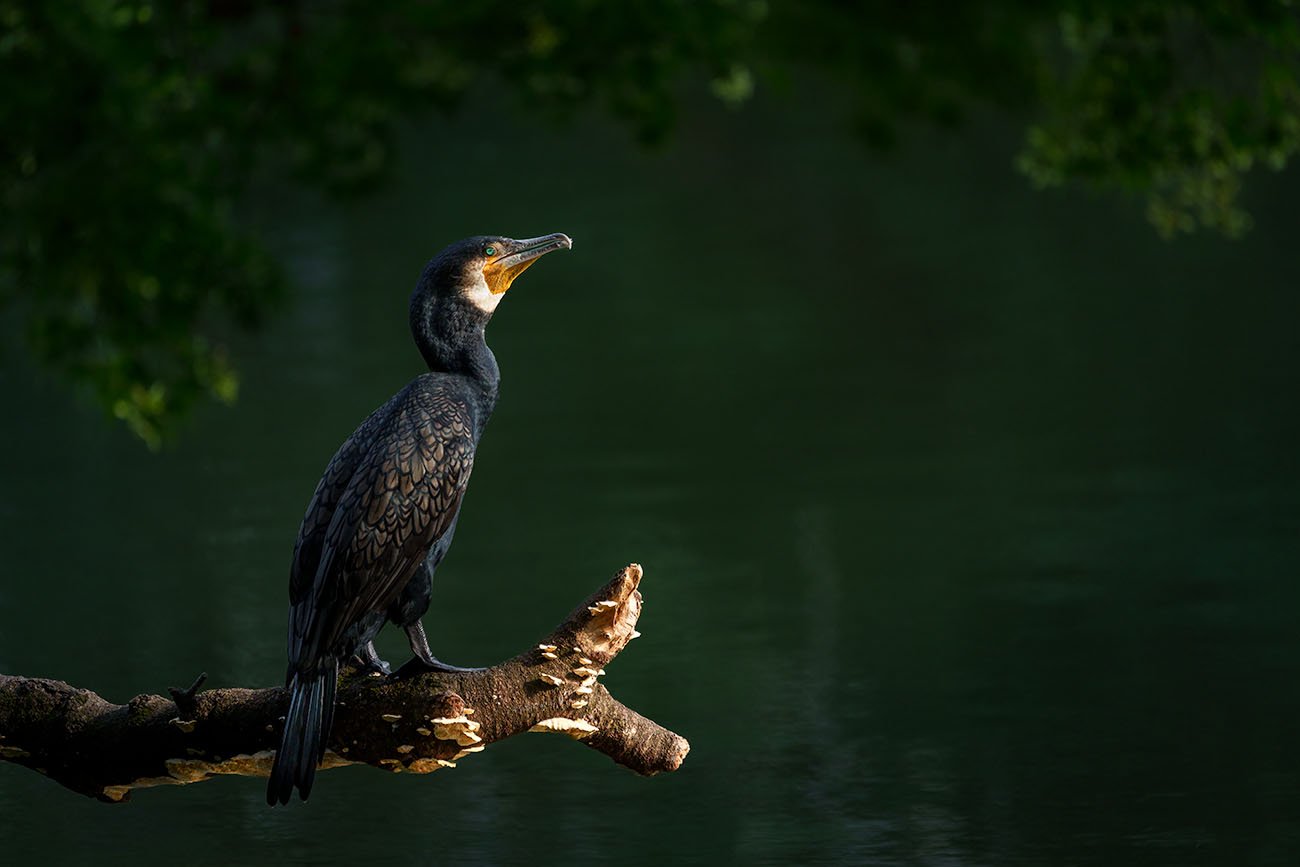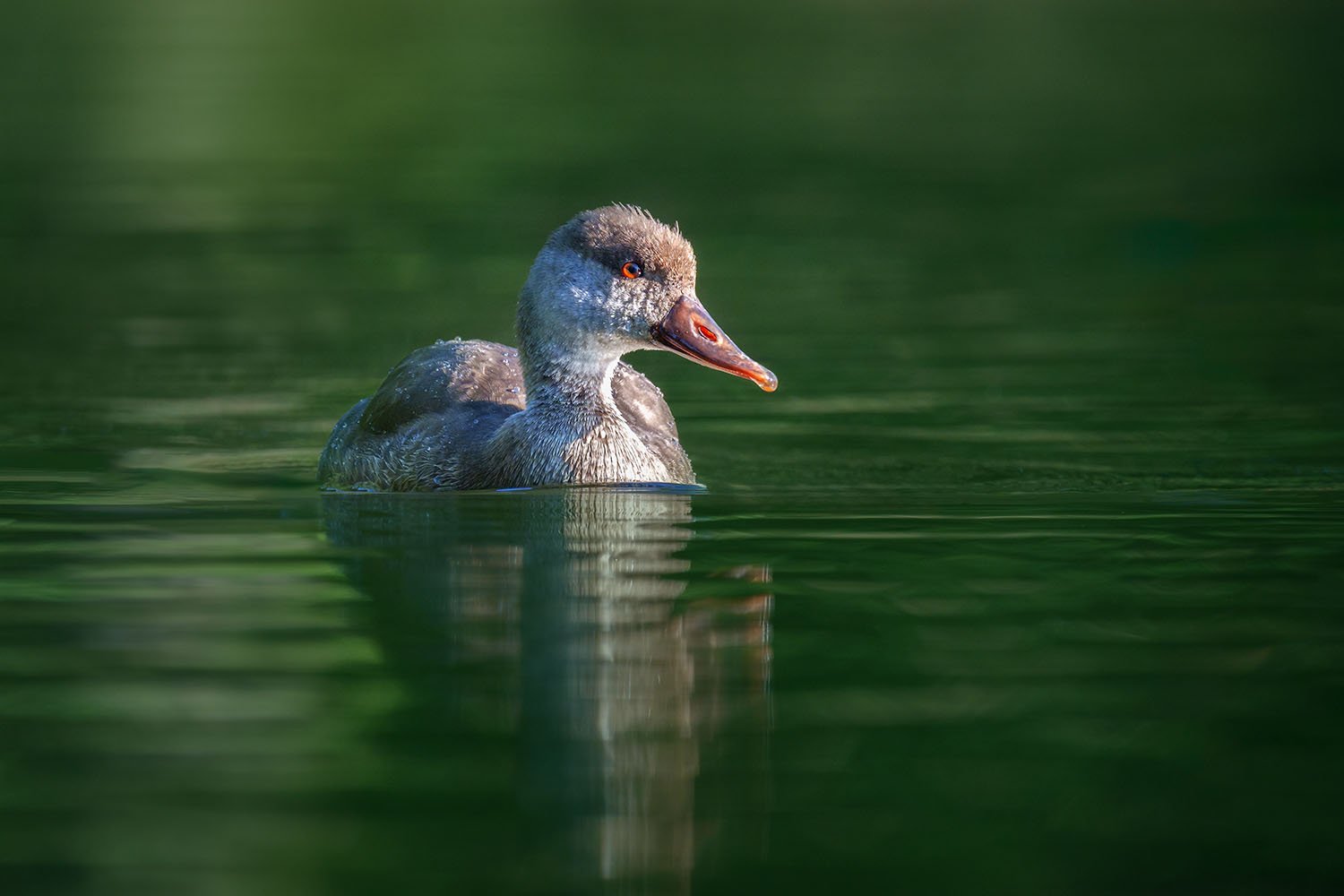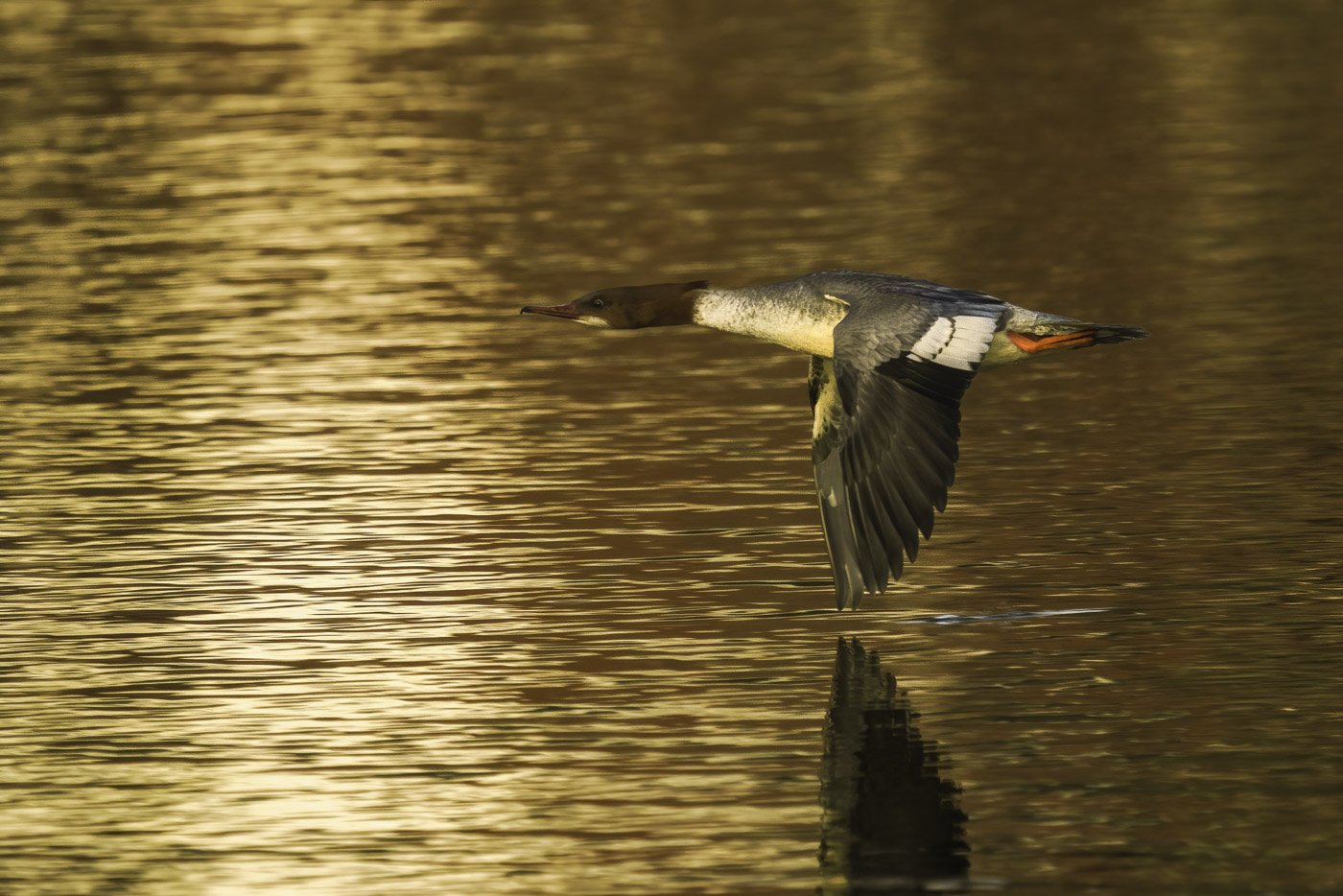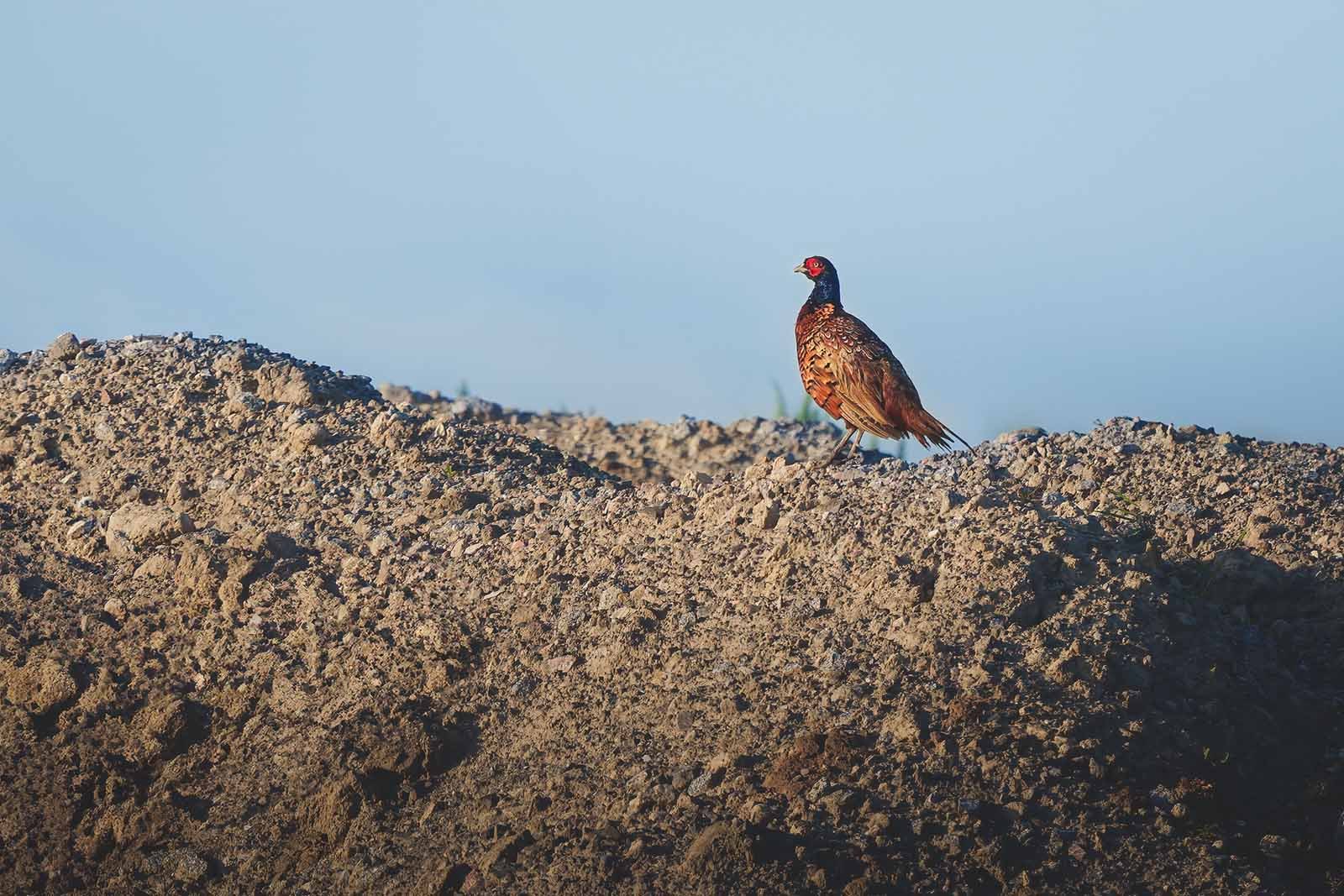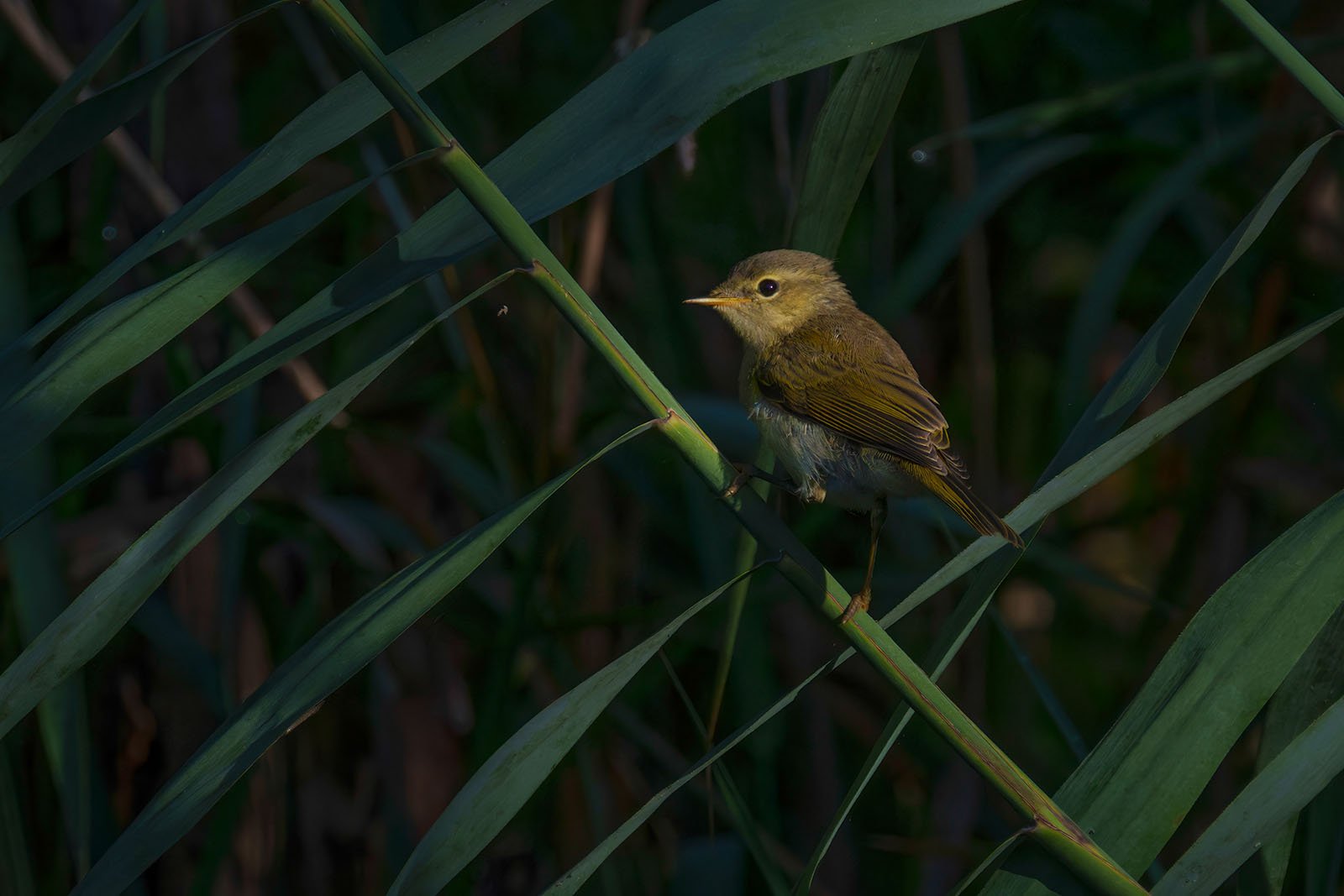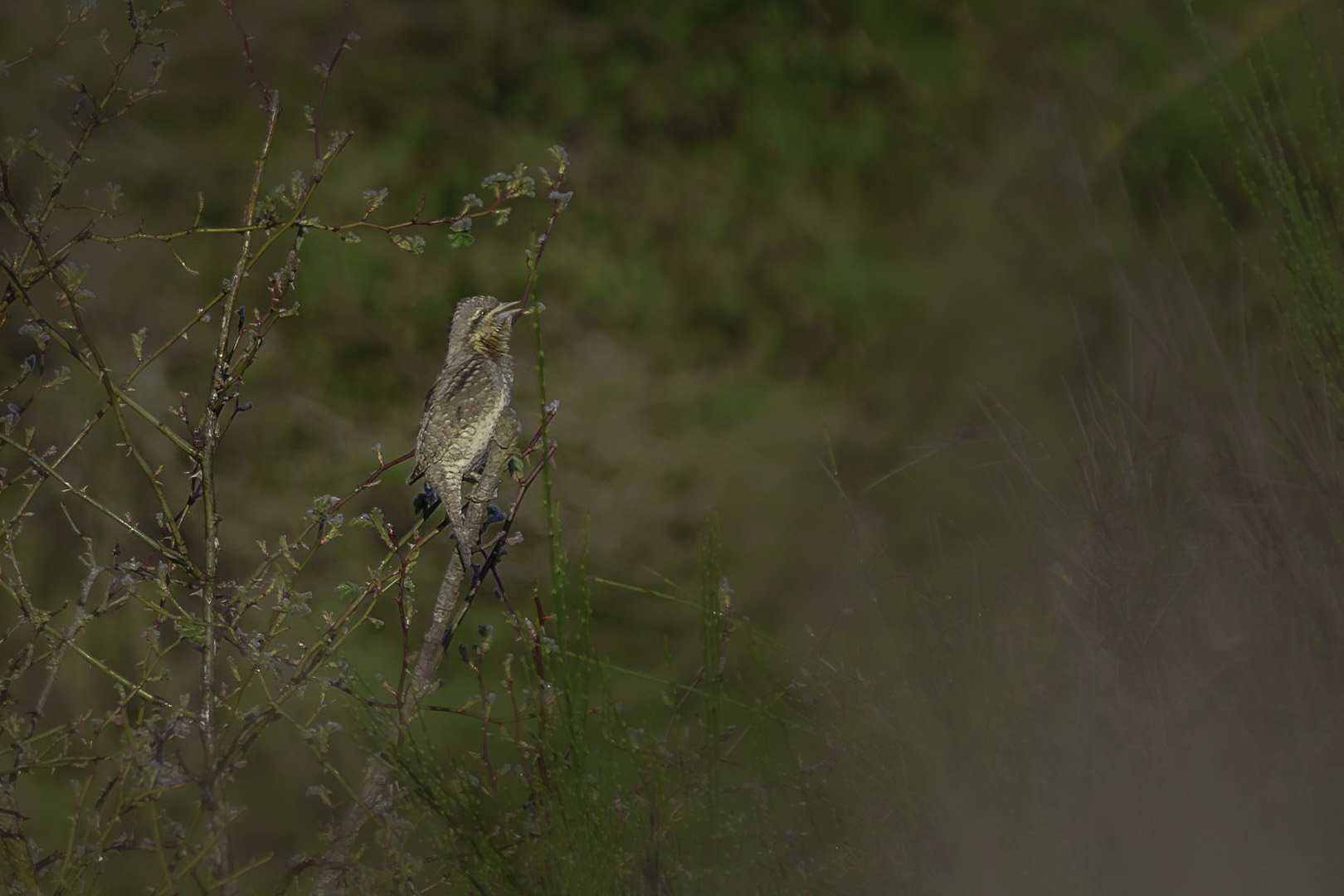Hawfinch (Coccothraustes coccothraustes)
Hawfinch (Coccothraustes coccothraustes) perched on a mossy branch, surrounded by green leaves
Hawfinch (Coccothraustes coccothraustes) – The Powerful Seed-Cracker
The Hawfinch is an impressive bird known for its strong build and extremely powerful beak. It is specially adapted to crack hard seeds, such as cherry stones and beech nuts. With its striking plumage, especially in males, and its preference for nesting high up in trees, the Hawfinch is easy to recognize.
Quick Facts:
- Size: 16.5–18 cm
- Features: Compact body, strong conical beak, wide white wing bar
- Habitat: Deciduous and mixed forests, parks, gardens
- Breeding: Nests high in deciduous trees
- Diet: Hard seeds like cherry stones, beech nuts, maple seeds
Table of Contents
- Introduction: The Hawfinch – A Powerhouse Among Songbirds
- Features and Appearance: How to Identify the Hawfinch
- Habitat and Distribution: Where the Hawfinch Lives
- Behavior and Diet: A Seed-Cracking Specialist
- Breeding: High Up in the Trees
- FAQ: Common Questions About the Hawfinch
- Shortlist – Key Features
1. Introduction: The Hawfinch – A Powerhouse Among Songbirds
The Hawfinch is a powerful bird among songbirds, known for its strong beak, which allows it to crack even the hardest seeds, like cherry stones and beech nuts. With its compact body and striking colors, especially in males, the Hawfinch is a fascinating bird to observe. It lives mostly in deciduous and mixed forests but can also be seen in large gardens and parks. The Hawfinch prefers to nest high in trees, keeping itself safe from predators.
2. Features and Appearance: How to Identify the Hawfinch
The Hawfinch is easy to identify due to its strong appearance and distinctive colors.
- Plumage: The back and upper parts of the Hawfinch are warm brown, with wide white wing bars that are especially visible in flight. The underside is lighter, often cream or slightly pink. Males have more intense colors, while females have softer, more muted tones.
- Beak: Its large, conical beak is powerful enough to crack the hardest seeds. During the breeding season, the male’s beak turns a blue-grey color, while outside this period, it becomes lighter, horn-colored.
- Eyes: The large, dark eyes give the Hawfinch a sharp and alert look. They are prominently placed on the head, adding to the bird’s strong appearance.
- Feet: The Hawfinch’s strong, pinkish-brown feet are perfect for holding onto branches as it moves through the treetops searching for food or building its nest.
The Hawfinch’s powerful build and bold colors make it easy to recognize in forests and parks.
3. Habitat and Distribution: Where the Hawfinch Lives
The Hawfinch prefers deciduous and mixed forests, where it relies on tall trees for both nesting and feeding. It can also be found in large gardens and parks with plenty of trees. The bird prefers areas rich in food sources, such as beech or maple trees, which provide the hard seeds it eats. The Hawfinch is widespread in Europe, and its ability to adapt allows it to thrive in both natural and urban green spaces.
4. Behavior and Diet: A Seed-Cracking Specialist
The Hawfinch is best known for its incredible ability to crack hard seeds, such as cherry stones and beech nuts. Its powerful beak can easily break open seeds that are too tough for most other birds. The Hawfinch searches for food mainly in the treetops, where it moves carefully and quietly.
In addition to seeds, the Hawfinch also eats insects, especially during the breeding season, when it needs extra protein to feed its chicks. Its calm, thoughtful behavior often makes it less noticeable, even though it lives high up in the trees.
5. Breeding: High Up in the Trees
The Hawfinch builds its nest high up in deciduous trees, where it is well hidden and safe from predators. The nest is made of twigs and soft materials, carefully lined for warmth. The female lays four to six eggs, and both parents take turns incubating them. After about two weeks, the chicks hatch and are fed by both parents until they are ready to leave the nest.
6. FAQ: Common Questions About the Hawfinch
1. Where can I best observe the Hawfinch?
The Hawfinch is easiest to spot in deciduous and mixed forests, but it can also be found in large gardens and parks with plenty of trees.
2. What does the Hawfinch eat?
Its main diet consists of hard seeds, like cherry stones, beech nuts, and maple seeds. It also eats insects, especially during the breeding season.
3. How is the Hawfinch different from other birds?
The Hawfinch has a particularly strong conical beak that allows it to crack very hard seeds. It also has wide white wing bars that are easy to spot in flight.
4. When is the Hawfinch most active?
The Hawfinch is most active during the day, especially in the early morning and late afternoon. It is a quiet bird that often stays high up in the trees.
5. How does the Hawfinch build its nest?
The Hawfinch builds its nest high up in trees, using twigs and soft materials. Both parents share the task of incubating the eggs and feeding the chicks.
7. Shortlist – Key Features
- Size: 16.5–18 cm
- Plumage: Warm brown tones, wide white wing bar, light underside
- Beak: Large, conical, blue-grey during breeding season
- Eyes: Large, dark, and alert
- Feet: Strong, pinkish-brown
- Habitat: Deciduous and mixed forests, parks, gardens
- Diet: Hard seeds (cherry stones, beech nuts), insects
The Hawfinch is an impressive bird, known for its strength and ability to crack the toughest seeds. Whether in forests or large gardens, the Hawfinch is a fascinating bird to watch, with its bold colors and powerful beak making it a standout species.


